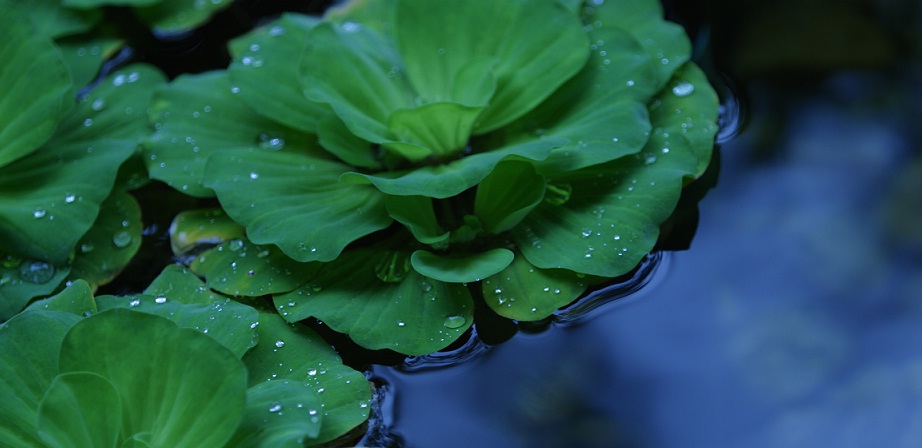On April 28, the Conservation Law Foundation and the Charles River Watershed Association sued the U.S. Environmental Protection Agency (EPA), for the agency’s alleged “failure to enforce stormwater pollution regulations in the Charles River Watershed and several water bodies in Rhode Island.” Spanning 80 miles, the Charles River meanders through 23 communities before ending in Boston Harbor. According to the groups, EPA did not notify certain commercial, industrial, and institutional operations discharging significant stormwater runoff that they must obtain permits for their stormwater discharges, a mandatory requirement under the Clean Water Act.
The groups write that according to EPA’s own documentation, Aquidneck Island in Rhode Island has seen significant increases in beach closures and contamination of one of its drinking water sources as a result of stormwater runoff pollution. The waters of Mashapaug Pond, located in South Providence, have not been safe for drinking, fishing, or swimming in decades.
On April 20, Northwest Environmental Advocates also sued EPA, alleging that the agency failed to ensure Oregon toxics standards for protecting threatened and endangered salmon. According to the group, when Oregon failed to set new water quality standards for copper, cadmium, aluminum, and ammonia, EPA should have acted.
Oregon last revised its water quality standards for aquatic life protection in 2004, and the Northwest Environmental Advocates sued EPA then for failing to act. In January 2013, EPA accepted most of the state’s revised water quality standards but rejected seven freshwater acute and chronic criteria for the four substances: copper, cadmium, aluminum, and ammonia. Since then, Oregon has only adopted new criteria for ammonia, which EPA has not officially approved or disapproved. The state has yet to promulgate or propose criteria for the other three metals, the Northwest Environmental Advocates say.




